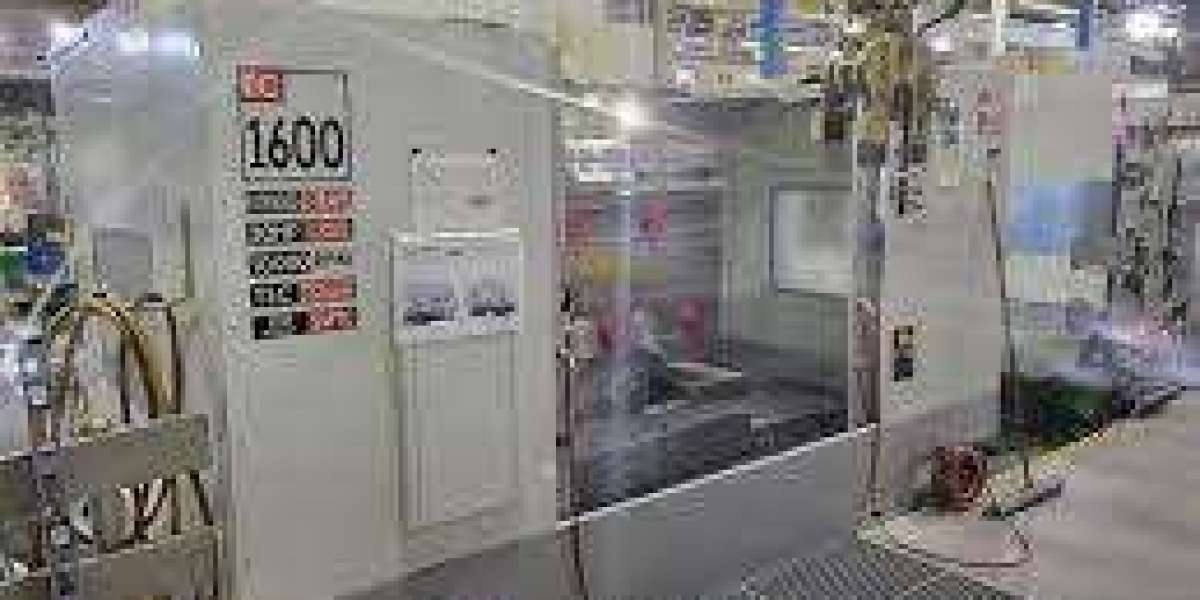Speed
A horizontal machining center (HMC) is a machine that uses rotary cutters to cut metal from workpieces. It is often used for projects that require side-oriented milling. It is also highly durable, which reduces maintenance costs. Additionally, HMCs are capable of handling twice the capacity of VMCs, which means that fewer operators are required. This can lead to reduced labor costs, which can increase profits for your shop.
HMCs can reduce cycle times and eliminate multiple part setups, which helps to boost production and accuracy. They can also handle larger materials and can achieve faster machining speeds than vertical machines. This makes them ideal for producing large parts, such as structural workpieces for aerospace. These machines can even perform a full set of machining operations in one setup. They can do this by using geometric intelligence software that looks ahead in the program and compensates for toolpath changes on the fly. They can also use thermal control technology to manage cooling in the spindle and deliver coolant efficiently.
Accuracy
Horizontal machining centers provide industry-leading accuracy and precision for your shop. They’re particularly effective for large parts and complex pieces that require machining on multiple sides. They’re also a great choice for a wide variety of materials, including aluminum and titanium.
Whether your shop is using grinding to finely finish surfaces or reaming holes for a better tolerance, the horizontal machining centers can make these operations much easier and more efficient. This can save you significant time and money in your process, especially when working with a large part or an expensive material. Adding automation to your shop can help eliminate human error and increase productivity. This can be achieved through a range of tools and fixtures, including probing systems that automatically record the position of a part, plug-and-play workholding products that connect with your horizontal to automate setup, and more. These tools will improve your shop’s overall efficiency and accuracy, which can lead to higher profits for your business.
Versatility
Unlike VMCs, which are limited to milling, horizontal machining centers can perform other operations, such as grinding and reaming. These processes can fine-tune the dimensions of holes drilled into a piece, and they can provide greater accuracy than drilling alone. They can also be used to make smooth surfaces and tight tolerances.
This versatility makes HMCs a good fit for heavy pieces that need machining on multiple sides. The machines also have higher spindle utilization, reducing machine downtime and eliminating operator intervention, which reduces human error and increases productivity. However, introducing a new machining process can require significant changes in how your shop works. For example, you may need to introduce probing cycles, ensure other departments can handle the load, and develop a stable chip management system. This can take time, and it’s up to each shop owner to determine whether the increased throughput and shorter cycle times are worth the investment. HMCs are also highly durable, which can further decrease your overall costs.








